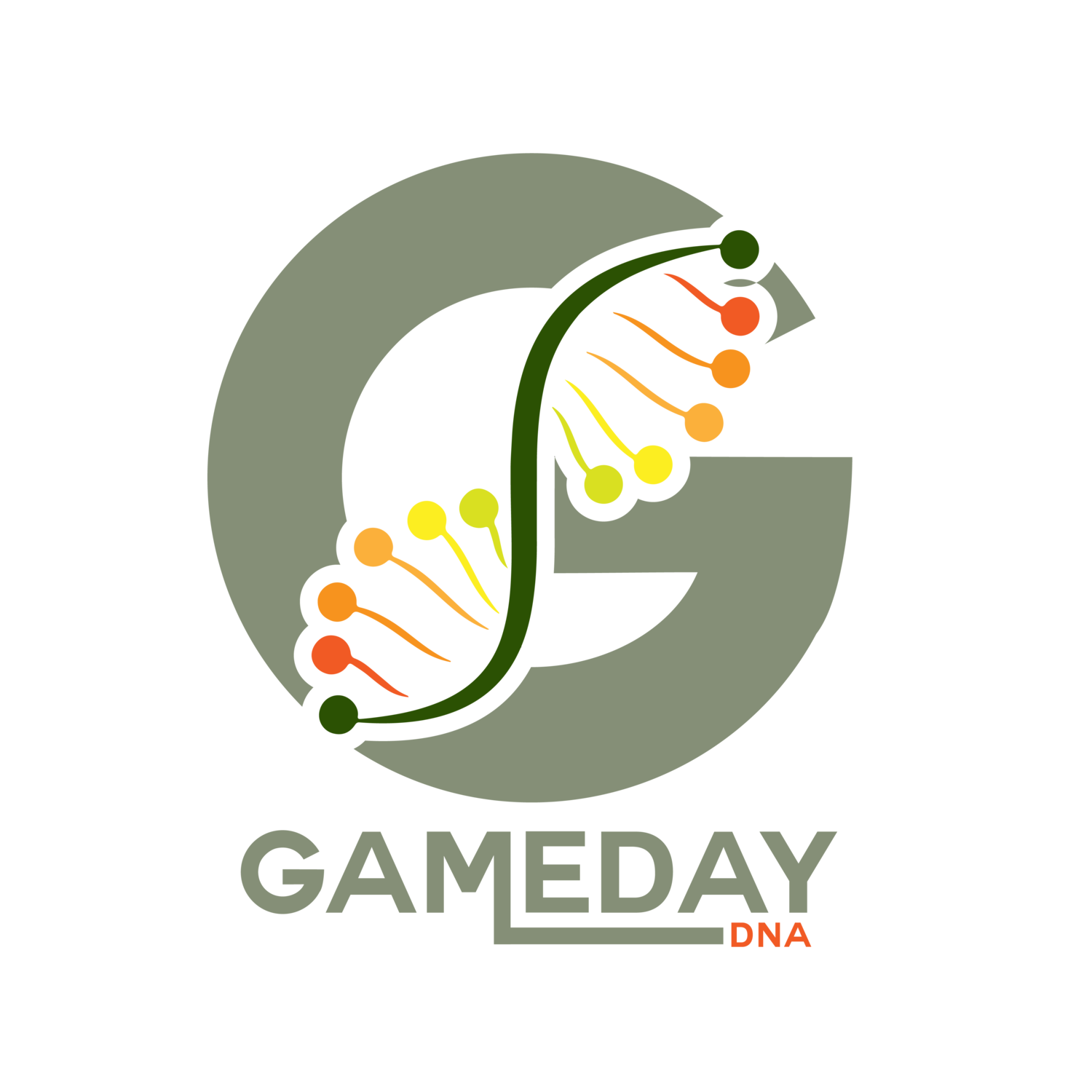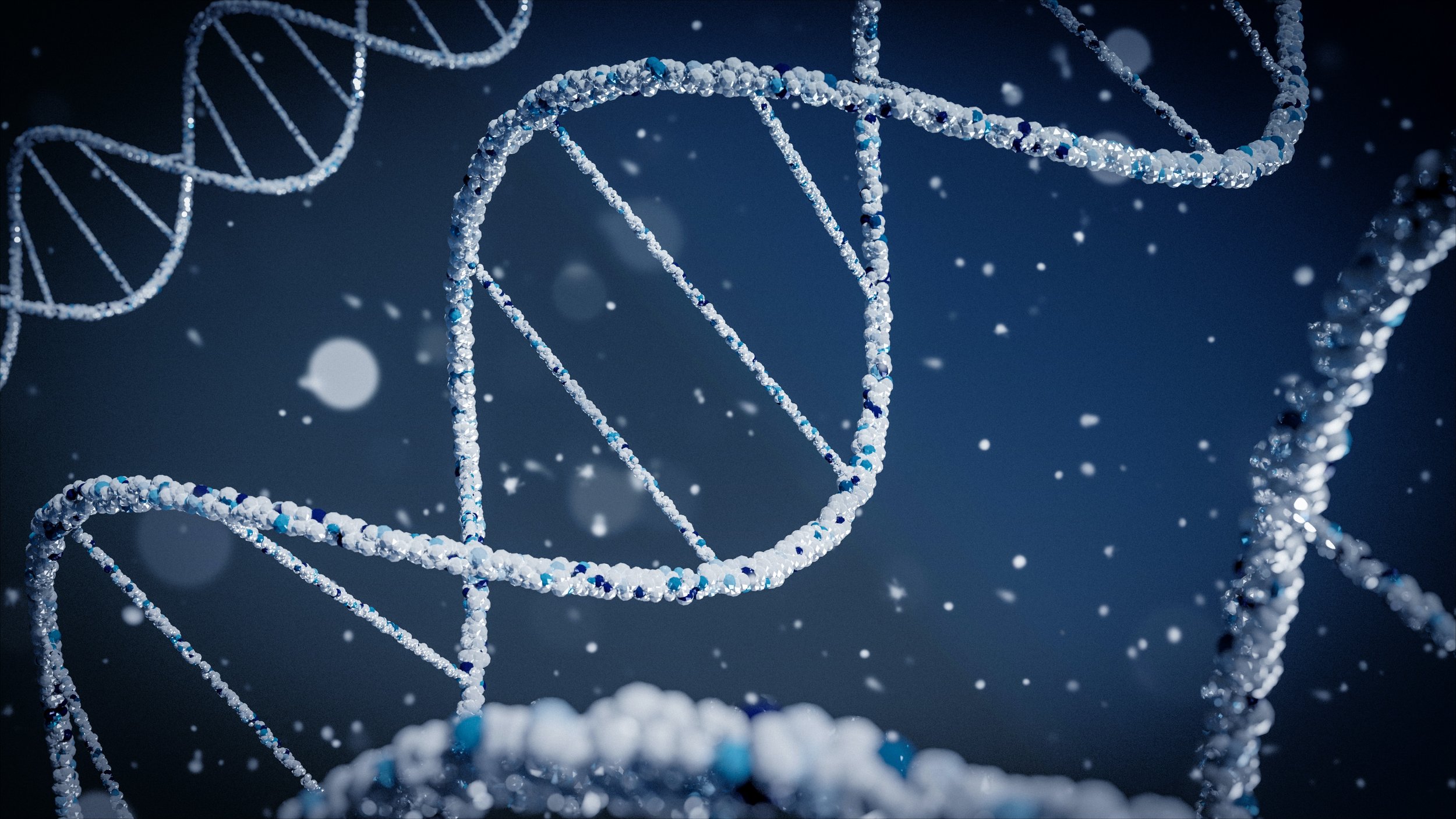How DNA Testing Works – A Journey Through Genetics
The Science Behind DNA Testing
DNA testing has revolutionized how we understand biological relationships, ancestry, and health. But how does it work? From collecting a simple cheek swab to analyzing genetic markers, this guide will walk you through the fascinating process of DNA testing and its real-world applications.
Understanding DNA’s Building Blocks
DNA (Deoxyribonucleic Acid) is the blueprint of life, found in nearly all living organisms. It’s composed of nucleotides—adenine (A), thymine (T), cytosine (C), and guanine (G)—arranged in a double-helix structure. These sequences hold the genetic instructions that make each individual unique.
How Does DNA Testing Work?
1. Sample Collection
The first step in DNA testing is collecting a sample. Most tests use non-invasive cheek swabs, but blood samples or other materials like hair follicles can also be used. Proper sample collection ensures accuracy and reliability.
2. DNA Extraction
Once the sample reaches the lab, technicians extract DNA from cells using specialized techniques. This process isolates the genetic material needed for analysis.
3. Genetic Analysis
Advanced tools like STR (Short Tandem Repeat) analysis compare specific regions of DNA to identify shared genetic markers. This method is used for paternity tests, ancestry tracing, and more.
4. Results Interpretation
The final step involves interpreting the data. For example:
Paternity tests provide a probability percentage of biological relationships.
Ancestry tests reveal ethnic origins and familial connections.
Applications of DNA Testing
DNA testing isn’t just for paternity cases—it has a wide range of applications:
Legal Cases: Used in child custody disputes or inheritance claims.
Ancestry Research: Discover your ethnic background and family history.
Health Insights: Identify genetic predispositions to certain conditions.
Frequently Asked Questions About DNA Testing
1. Can paternity tests be done without the father’s consent?
Yes, paternity tests can be conducted without the father’s direct involvement using alternative methods like grandparent or sibling testing.
2. What is STR analysis in genetic testing?
STR analysis focuses on Short Tandem Repeats—specific regions of DNA that vary between individuals—to confirm biological relationships with high accuracy.
3. How accurate are paternity test results?
Paternity test results are over 99% accurate when conducted by accredited labs using high-quality samples.
Conclusion: The Power of DNA Testing
DNA testing is more than just science—it’s a gateway to understanding your identity, heritage, and health. Whether you’re seeking answers about biological relationships or exploring your ancestry, GameDay DNA provides fast, accurate, and reliable testing solutions.
Follow us on Instagram and Twitter! If you have questions about paternity tests or other DNA testing services, please contact our Client Support Center at 302-529-1789, Mon-Sunday from 8:00 AM to 9:00 PM Eastern Time. Our friendly, expert representatives are ready and happy to help. Get answers anytime by visiting our Help Center.


